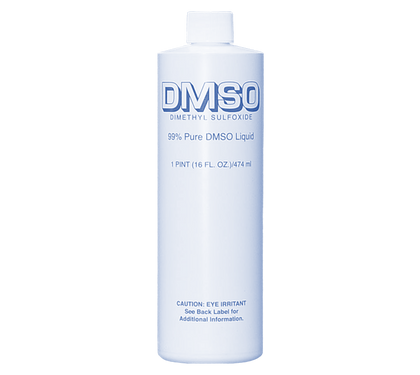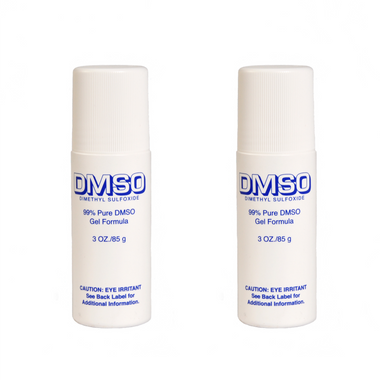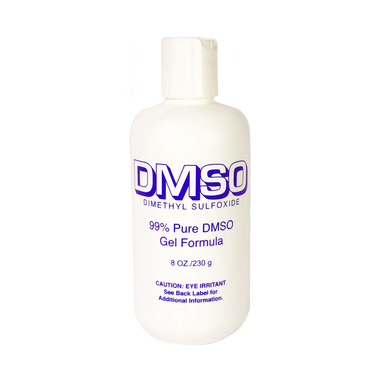Dimethyl sulfoxide, more commonly known as DMSO, has an intriguing history in veterinary medicine, particularly in the care of elite racehorses. Initially developed as an industrial solvent, DMSO's unique properties soon caught the attention of medical researchers in the 20th century, setting the stage for its adoption in animal treatment regimens. In the world of thoroughbred racing, where horses are pushed to their physical limits, DMSO has become a well-known and trusted treatment for various ailments, thanks to its anti-inflammatory, pain-relieving, and healing properties.
Early Beginnings: From Industrial Solvent to Medical Marvel
DMSO was first synthesized in the 1860s by Russian scientist Alexander Saytzeff, but its potential therapeutic benefits were not realized until the mid-20th century. In the 1960s, Dr. Stanley Jacob of Oregon Health & Science University began researching DMSO for its ability to penetrate the skin and deliver other substances through the body's cellular membranes. His findings sparked widespread interest, particularly in the fields of pain management and inflammation control.
Researchers quickly recognized that DMSO’s properties could be equally beneficial in veterinary applications. By the 1970s, DMSO had made its way into the world of thoroughbred racing, where the demand for effective pain relief, quick recovery, and injury management was paramount.
How DMSO Works in Racehorses
DMSO is a powerful anti-inflammatory and analgesic. It has the remarkable ability to penetrate the skin and tissues, making it an excellent carrier for other medications. This makes it particularly useful for treating musculoskeletal injuries, swelling, and inflammation, which are common in elite racehorses due to the immense physical strain they endure.
When applied topically or administered intravenously, DMSO works by reducing swelling and inflammation at the site of injury or stress. It can also provide pain relief by interrupting pain transmission signals to the brain. Moreover, DMSO’s antioxidant properties help reduce cellular damage, further supporting the healing process.
Benefits of DMSO in Racing Horses
The primary benefits of DMSO for elite racehorses revolve around its ability to address inflammation and pain rapidly. These horses often suffer from joint strain, tendon injuries, and muscle soreness due to the intense training and racing demands. DMSO can help reduce recovery times, allowing horses to get back on the track faster.
It is also used to treat more serious conditions such as laminitis, a painful and potentially career-ending inflammation of the hooves. In cases of head trauma, DMSO has been administered to reduce brain swelling, minimizing the risk of long-term damage.
Another advantage of DMSO is its versatility. It can be used in conjunction with other treatments, such as corticosteroids or antibiotics, enhancing their effectiveness by carrying them deeper into tissues. This versatility has made it a staple in the treatment protocols of many racehorse trainers and veterinarians.
DMSO’s journey from industrial solvent to medical and veterinary staple is a testament to its powerful properties. In the high-stakes world of elite horse racing, where every advantage counts, DMSO has proven invaluable in helping racehorses recover from injuries and maintain their performance. Its role in the care of some of the sport’s greatest athletes underscores its lasting impact on veterinary medicine and the racing industry.
FDA Disclaimer: The statements made in this blog post have not been evaluated by the Food and Drug Administration. DMSO is not intended to diagnose, treat, cure, or prevent any disease.





















